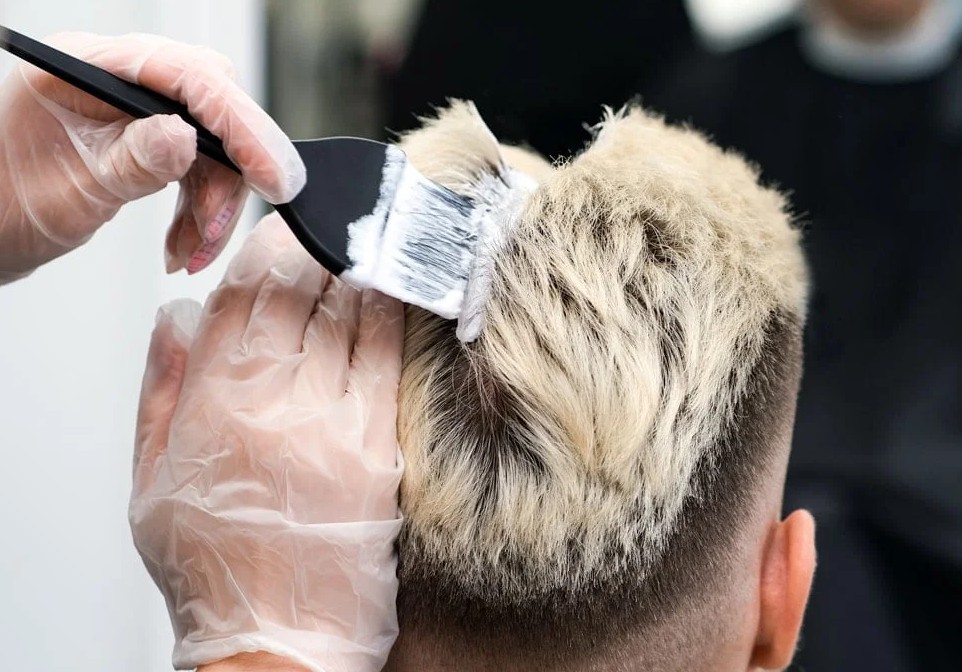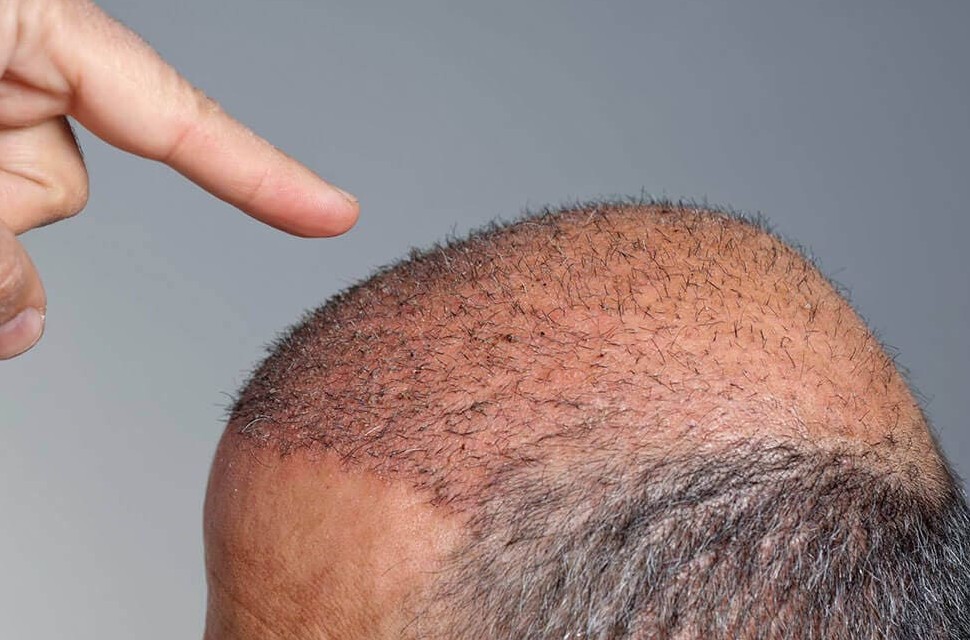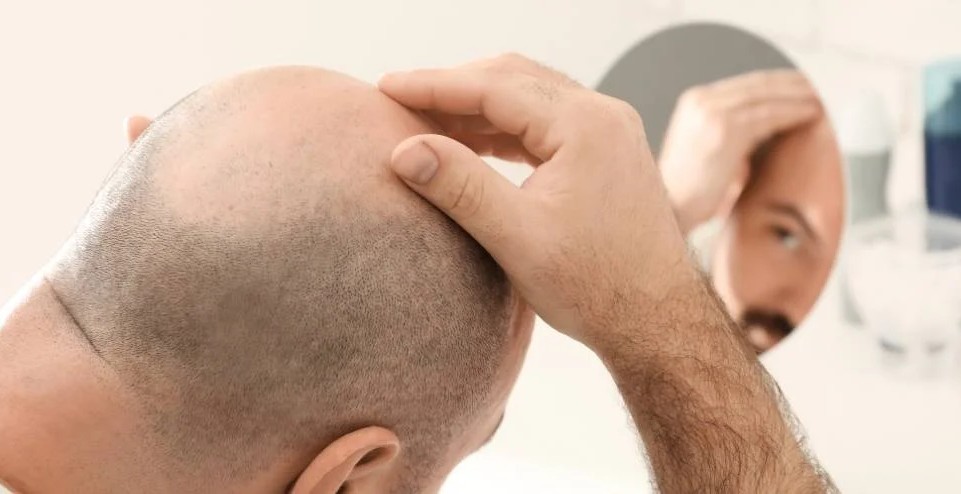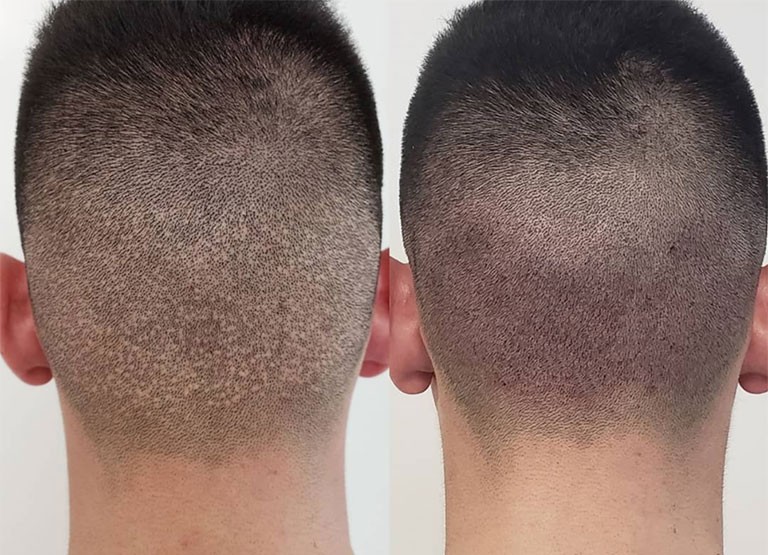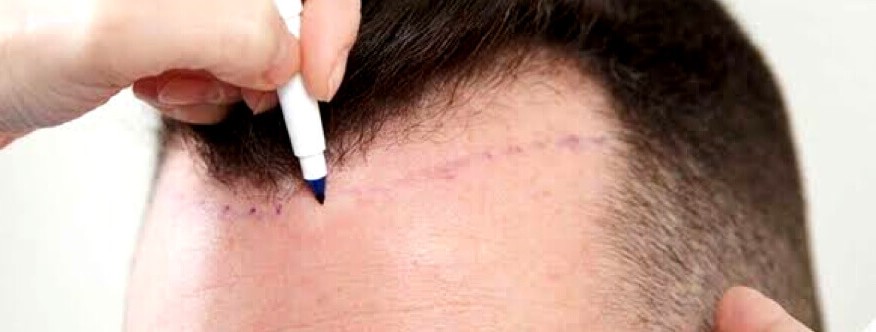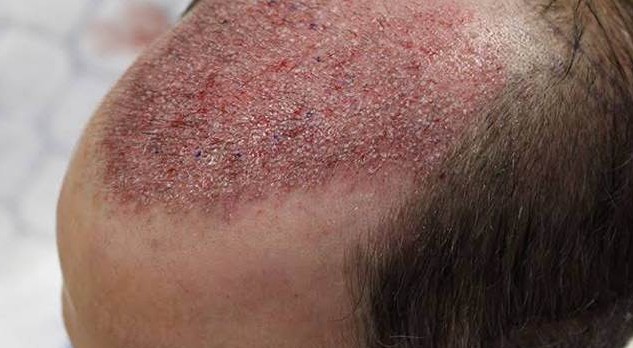Hair transplant is a transformative journey for many people experiencing hair loss. While the excitement of having fuller hair grows, one common question arises: When is it safe to dye my hair after a hair transplant? If you’ve recently had a procedure and want to refresh your look with color, timing is everything. In this guide, we’ll explore everything you need to know about coloring your hair safely after a transplant.
Understanding the Healing Process
After a hair transplant, your scalp needs time to heal. The procedure involves making tiny incisions and implanting hair follicles, which can leave the scalp sensitive for several weeks. In the first few days, it’s common to experience redness, swelling, scabbing, and tenderness. Over the next few weeks, these signs gradually fade as the grafts settle into place.
New hair growth typically starts around the third month post-op, and the full results can be seen between 6 to 12 months. During this healing period, your scalp remains delicate and requires extra care to avoid irritation or damage.
Why You Should Wait Before Dyeing Your Hair
Hair dyes contain strong chemicals such as ammonia, peroxide, and parabens. These ingredients can easily irritate or inflame a healing scalp, potentially harming the newly implanted grafts. Applying hair dye too early might not only cause discomfort but also compromise the success of the transplant.
How Long Should You Wait?
It’s also important to note that newly growing hair might be weaker in the early stages, making it more susceptible to breakage or uneven coloring.
Most hair restoration specialists recommend waiting at least 4 to 6 weeks before applying any hair dye after a transplant. This gives the scalp enough time to recover from the surgery and reduces the risk of complications. In some cases, especially for those with sensitive skin or slower healing, doctors may suggest waiting up to 8 weeks.
Always consult your surgeon or healthcare provider for personalized advice based on your healing progress.
Signs That Your Scalp is Ready
Before dyeing your hair, make sure:
All scabs and crusts have fallen off naturally
There is no visible redness or swelling
Your scalp does not feel sore or sensitive
Your doctor has confirmed that the healing process is complete
If you’re unsure, it’s better to wait a little longer than risk damaging your grafts.
Risks of Dyeing Too Early
Dyeing your hair before the scalp is fully healed can lead to several complications. These include:
Scalp irritation or chemical burns
Infection or inflammation in the grafted areas
Poor dye absorption or uneven color
Possible hair loss due to weakened follicles
These side effects could set back your recovery or affect the overall outcome of your transplant.
Choosing the Right Type of Dye
Once you’re cleared to color your hair, it’s important to choose a gentle, scalp-friendly product. Here are a few tips:
Opt for ammonia-free and low-peroxide formulas
Consider natural or organic dyes that are less harsh
Use semi-permanent dyes as they contain fewer chemicals
Avoid bleaching or high-lift dyes for at least a few months
If you have any history of allergic reactions to hair dyes, always do a patch test first.
Tips for Safe Hair Dye Application
When you’re ready to dye your hair, follow these best practices:
Have the dye applied by a professional colorist familiar with post-transplant care.
Avoid applying dye directly onto the scalp—focus on coloring the hair shafts.
Use moisturizing and soothing products after dyeing to keep your scalp hydrated.
Avoid scratching or rubbing the scalp during or after the process.
Monitor for any signs of irritation and stop immediately if you experience discomfort.
Talk to Your Specialist First
Every individual’s healing process is different, so it’s essential to speak with your transplant surgeon before using any chemical products. Your doctor can assess your scalp and give you the green light based on your specific condition.
Conclusion
Coloring your hair after a transplant can help enhance your new look, but it’s crucial to wait until the right time. In general, waiting at least 4 to 6 weeks gives your scalp enough time to heal and minimizes the risk of complications. With the right dye, gentle application, and professional advice, you can safely enjoy both a fuller hairline and a fresh hair color.
Remember, patience pays off when it comes to long-term hair health.
